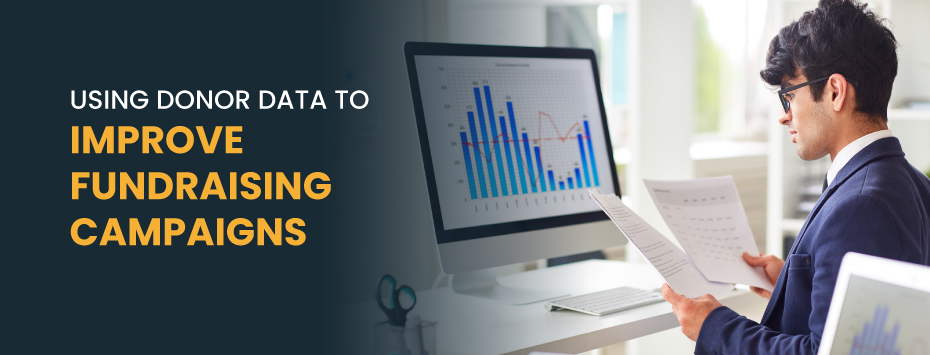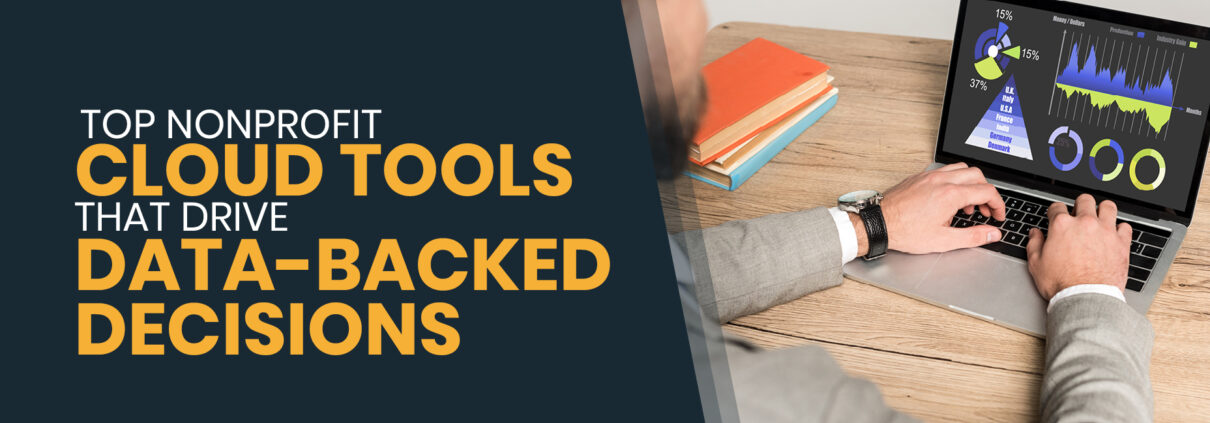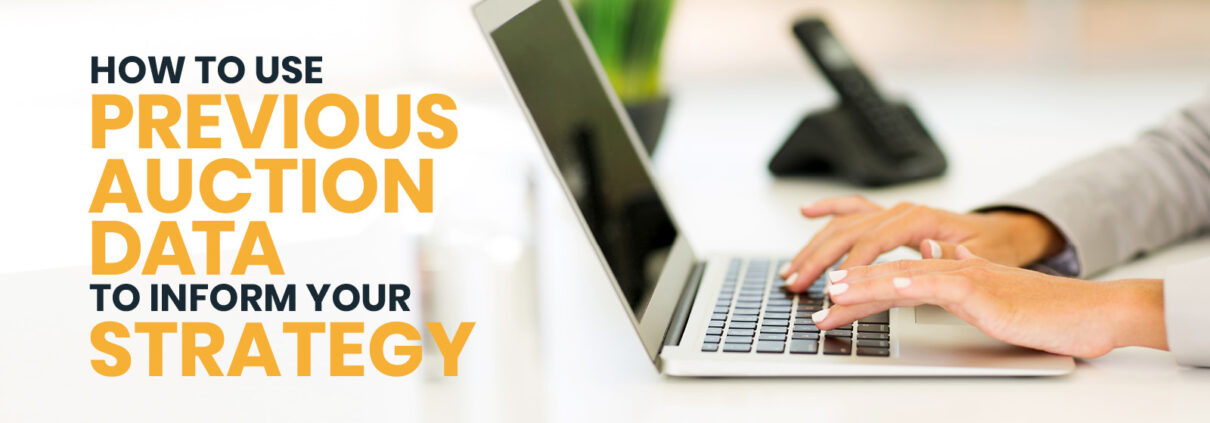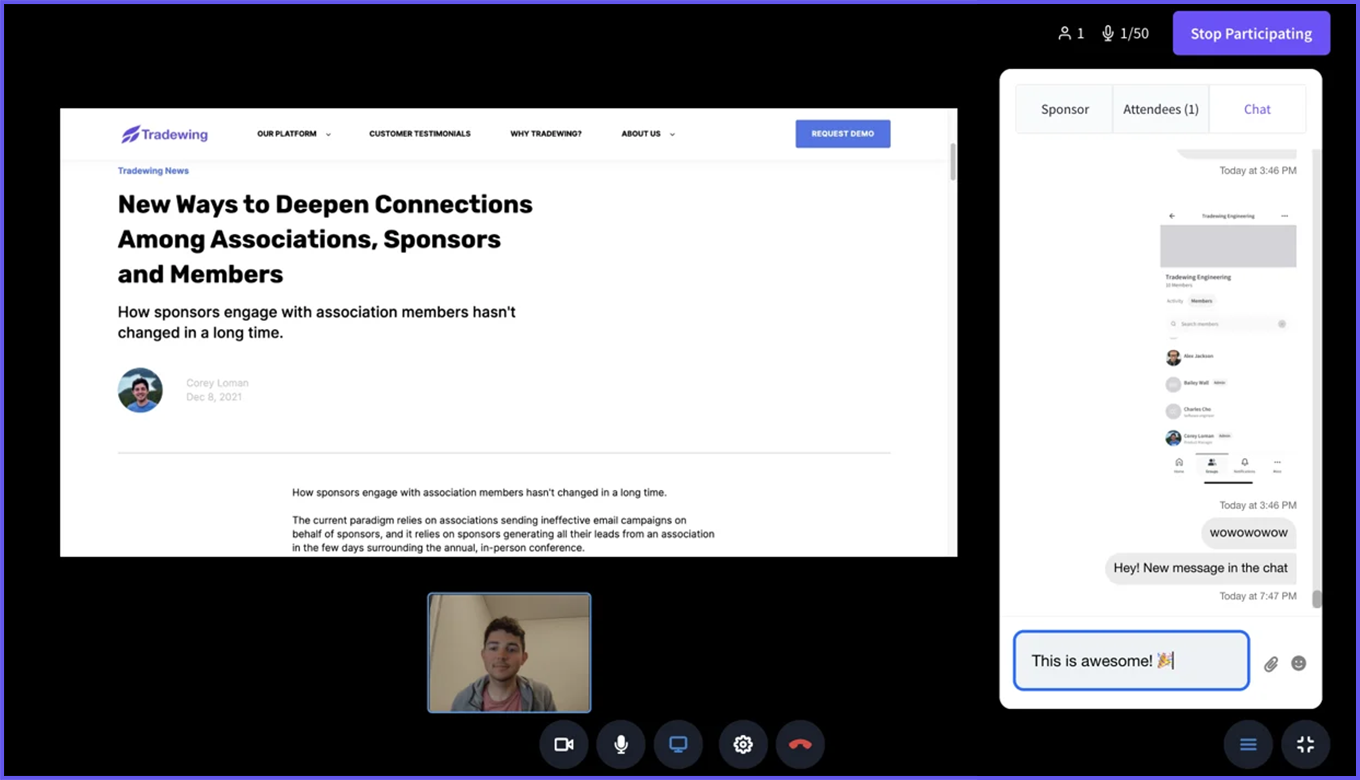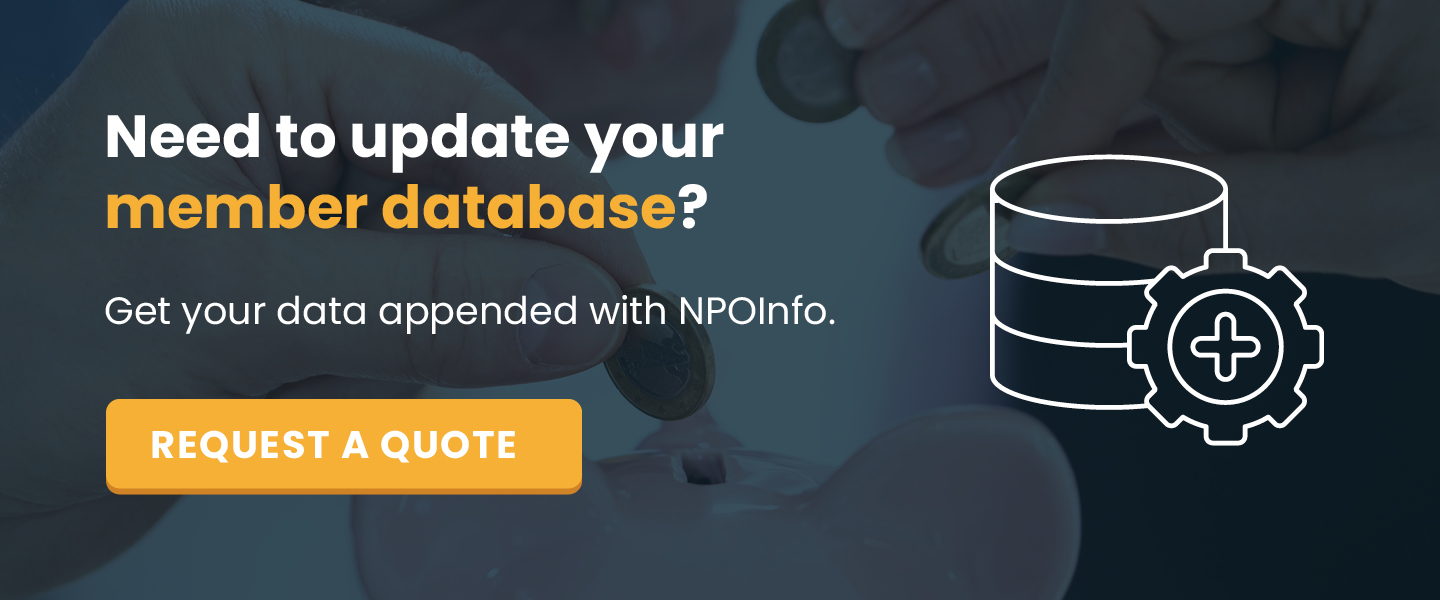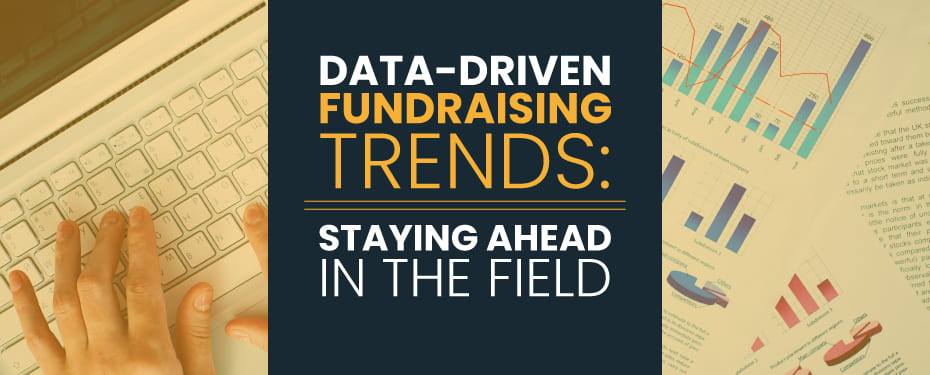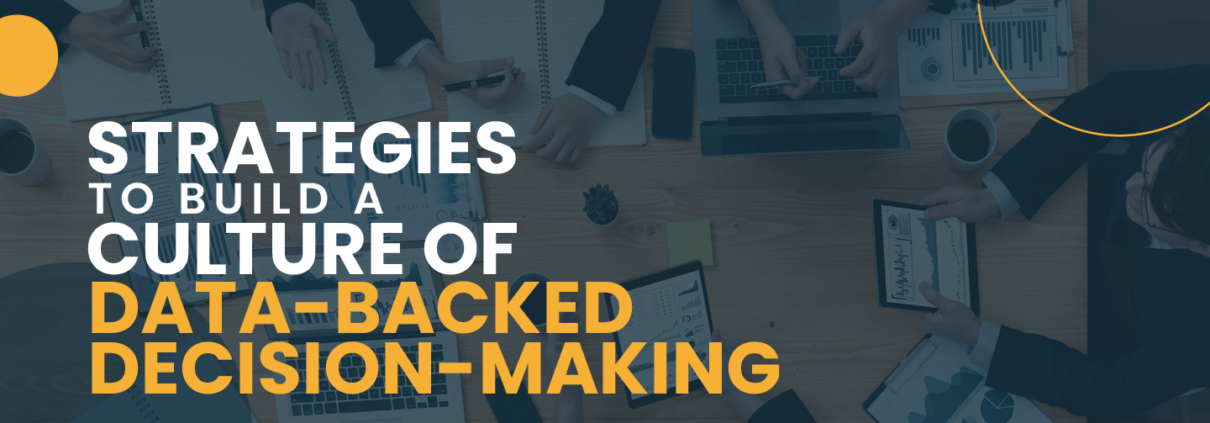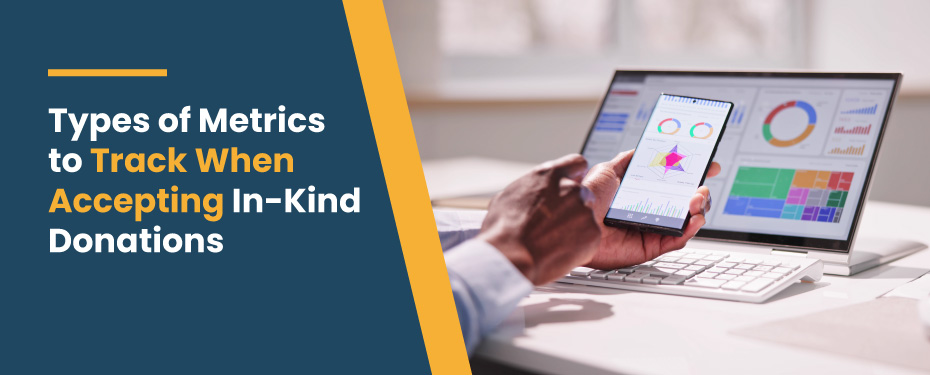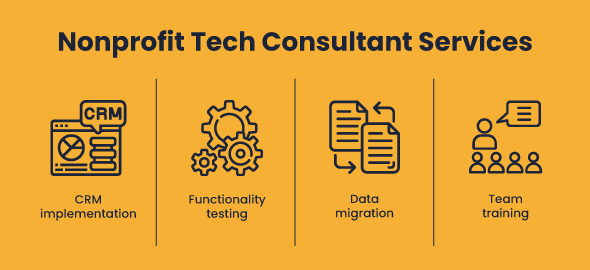Using Donor Data to Improve Fundraising Campaigns: 3 Tips
Your donor data isn’t just a collection of numbers—it’s a treasure trove of insights that can strengthen your organization’s operations in various ways, especially when it comes to your fundraising strategy.
By identifying patterns and trends in your donors’ demographics, capacity to give, donation patterns, and communication preferences, you can more effectively tailor your campaigns to engage your donors and reach your goals.
In this guide, we’ll explore three expert tips for using donor data to improve your fundraising campaigns. Let’s begin.
1. Prepare your data to be useful.
To make the best decisions possible about leveling up your fundraising strategy, your donor data needs to be organized and accurate. Here are some ways you can improve your nonprofit’s data hygiene:
- Identify where all of your data lives. Your donor information may be sitting in several different solutions, such as your constituent relationship management platform (CRM), fundraising platform, or email marketing tool. Note where all of your information is, and then implement integrations between your tools to ensure you can access everything in one place. You can also set up a data warehouse to collect, process, and organize data from these different sources. Note that even if you have a well-integrated technology stack, you should still identify the ultimate source of truth for your data. In most cases, that will likely be your CRM.
- Clean up your existing data. Remove duplicate entries, correct errors (such as misspelled names or incorrect email or home addresses), and update outdated information.
- Supplement existing data if needed. As you review your donor information, you may discover gaps that would be useful to fill ahead of your next fundraising push. In these cases, it may be appropriate to conduct a data append. Data appends can help you access donors’ phone numbers, email addresses, geographic data, and more so that you have a fuller picture of who they are and how to connect with them.
- Standardize data formats. Consistency in formatting allows you to process and analyze your donor data more easily. Ensure your formatting is the same across the board for all phone numbers, addresses, and donor names.
Prioritizing data hygiene will allow you to hone in on patterns and trends in your data and focus on key metrics useful in a fundraising context. This means you may need to conduct a big one-time cleanup if you haven’t for a while. However, you should also implement robust processes to ensure that once your data is organized and accurate, it stays that way as you collect more.
2. Embrace donor segmentation.
Donor segmentation is the process of dividing your donors into groups based on shared characteristics. Using donor data, you can segment your donor community in various ways, such as by location, engagement level, giving capacity, or communication preferences.
Segmentation allows you to tailor your campaign outreach to donors at scale. For example, you can divide your donors by donor type, such as first-time donors, major donors, and recurring donors. You can then design different messaging for those groups.
Here’s what this might look like in practice:
- First-Time Donors: As these donors haven’t committed to giving your organization further support, focus your messaging on building relationships that will lead to future donations and engagement. Send personalized thank yous for their first donations and invite them to stay involved through events and volunteering. When the timing is right, suggest smaller, additional gifts to your next campaign.
- Recurring Donors: These donors are familiar with your organization and provide regular support. Provide frequent updates on your nonprofit’s goals and achievements, and invite them to level up their giving for your campaign through sustainer upgrades.
- Major Donors: Since these donors give your nonprofit its largest gifts, they deserve the most personalized experiences with your organization and its campaigns. Ensure that all communications have a high level of personalization, and when donors give to your campaign, report back on the long-term impact of those contributions. Also, offer these donors special recognition opportunities, like naming rights for programs or spaces, personalized invitations to events, and possible speaking opportunities.
In an ideal world, you would design perfectly personalized fundraising outreach for every donor who supports your organization. But with a donor community of thousands, that’s just not possible.
Segmentation allows you to achieve a realistic and effective level of personalization for your donors, saving you time and resources while also still helping each donor feel seen and valued by your organization.
3. Analyze trends and patterns in donations.
A major part of planning a successful fundraising campaign is setting realistic and ambitious fundraising goals and designing careful fundraising asks that will help you achieve those goals. The best way to do this is to turn to your data, analyze the trends and patterns you see in donations, and make data-driven decisions.
Here are some effective strategies for doing so:
- Look at past donation frequency and amounts. How often do donors give to your cause, and at what levels? Go further by connecting these numbers to your supporters’ behavior. For instance, you may find that donations increase after certain types of outreach This insight may prompt you to replicate successful strategies for future campaigns.
- Identify your current donor retention rate. Your donor retention rate is the percentage of donors who continue to support your mission over time. To increase your retention rate from campaign to campaign, focus on first-time donors. Nurture relationships with them by engaging in thoughtful follow-up to increase the likelihood of them becoming long-term supporters.
- Analyze donor lifetime value (LTV). LTV allows you to calculate the revenue potential a donor holds for your organization. To find it, multiply the average length of time as a donor by their average donation amount. Multiply the resulting number by the average donation frequency. You can calculate LTV for different donor groups to better understand who to prioritize during your next campaign. For instance, you might notice that donors who made their first donation at an event have a higher LTV than donors who gave their first donation online. Consider using custom reporting or custom dashboards to help your organization visualize this information.
- Monitor overall campaign effectiveness. Keep an eye on donation data before, during, and after your campaigns to identify which strategies generate the most donations. You might notice that certain fundraising approaches or communication channels yield the best return on investment (ROI), which can help you as you design future campaigns.
- Pinpoint if/how donors have taken advantage of corporate giving opportunities. Many of your donors likely work for employers with corporate giving programs, which can provide additional value to your organization’s campaigns with little effort from individual donors themselves. Check out your donor data to see if your supporters are taking advantage of matching gift or volunteer grant programs. Then, boost the likelihood they participate by actively promoting corporate giving opportunities in your marketing materials.
- Watch for seasonal patterns. Many organizations notice that there are peak times during the year when they pull in more donations than usual. For example, an educational institution may see that donations pick up in the fall after dipping in the summer. Understanding seasonal patterns allows you to plan your campaigns around peak times so that you appeal to donors when they’re most likely to give.
Your organization doesn’t always have to reinvent the wheel to see better fundraising results. In fact, experimenting with new strategies for each campaign may send a message that your organization is inconsistent.
Instead, by studying your donor data, you can do more of what is already working. Review your donation data and campaign results regularly to stay up to date on what is driving great results.
Your donor data holds the key to understanding your community of supporters and improving your operations, especially your fundraising work. As you manage your data effectively, embrace the process of donor segmentation, and analyze giving trends and patterns, you’ll be prepared to make thoughtful improvements to your strategy that boost your fundraising revenue.

